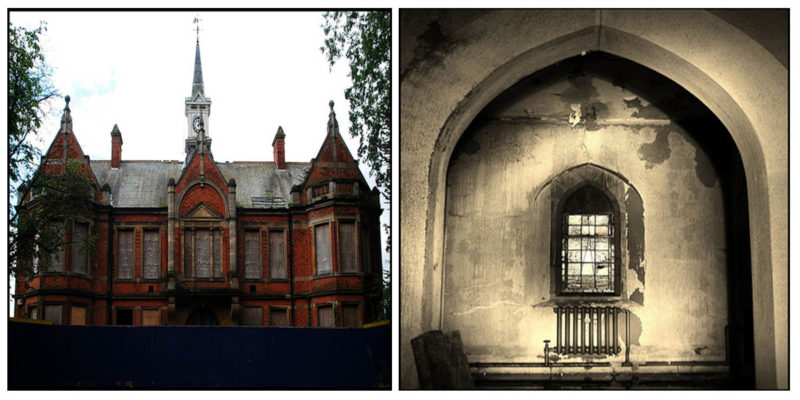It was originally known as Kesteven County Asylum. Named after the traditional subdivision of Lincolnshire, England, it served as a mental institution in the parish of Quarrington.
The work with laying its foundations commenced in 1897. It was designed by George Thomas Hine an English architect who specialized in asylum architecture and his paper (RIBA-1901) still provides a valuable guide when it comes to asylum design and planning.
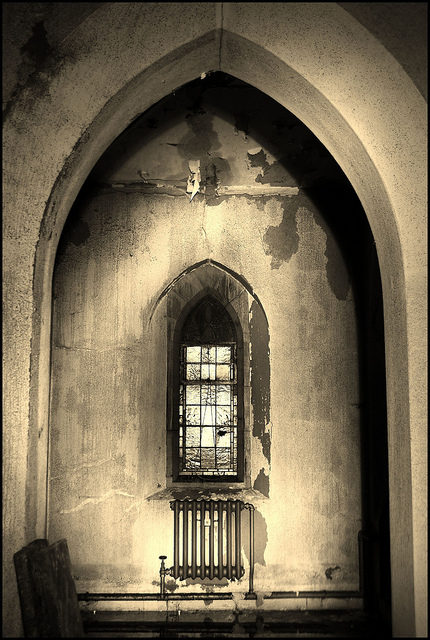
The original construction initially included a chapel, two graveyards and of course the unavoidable mortuary. There were also various tunnels that connected all of the wards, tunnels that went straight under the hospital’s corridors.
In its beginnings, the hospital was operated by Kesteven County Council as Kesteven County Asylum. It was renamed Rauceby Mental Hospital in 1933.
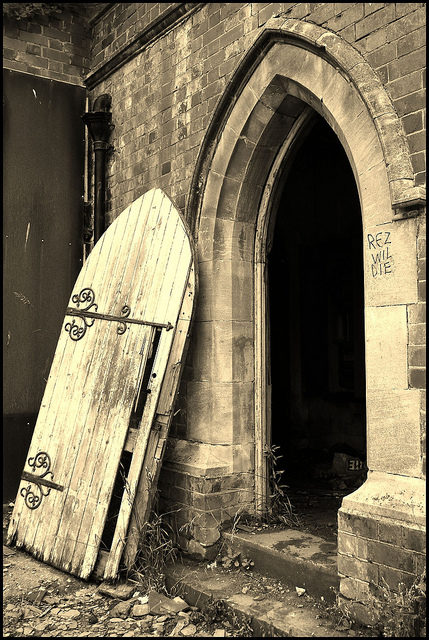
Six years later in 1940, the hospital was taken over by the Royal Air Force (RAF) and became known as No.4 RAF Hospital Rauceby. It served as crash and burn unit under the control of the near by RAF Cranwell.
Once the No.4 RAF Hospital Rauceby was opened, the existing patients were relocated.
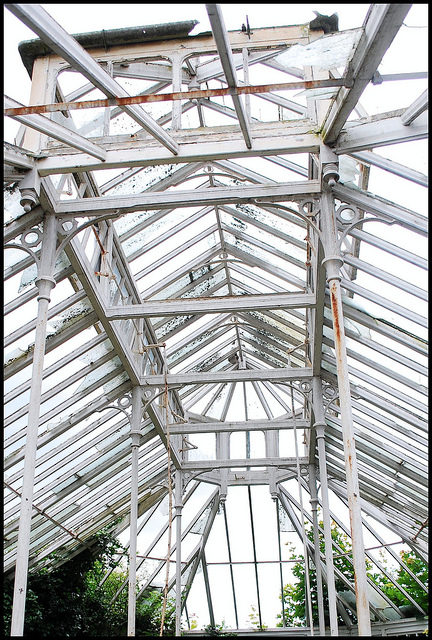
A pioneering New Zealand plastic surgeon called Archibald McIndoe worked at the hospital during the time that it operated as a burn unit. He who improved the treatment and rehabilitation of badly burned aircrew and was the reason many of them got to live another day.
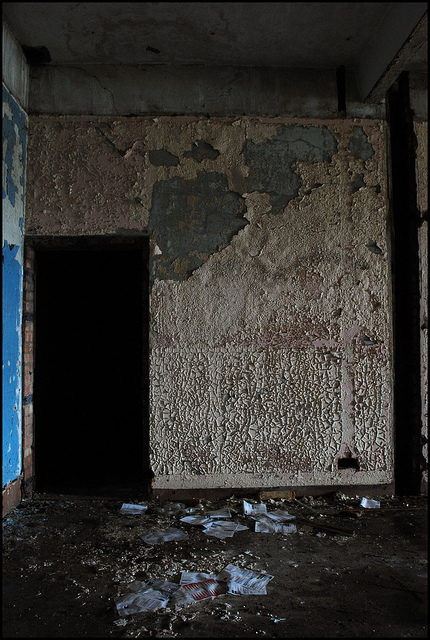
He, along with other members of the hospital staff, formed the Guinea Pig Club, a mutual support network for British and allied aircrew that were injured during the Second World War.
This wartime Burns Unit was located in the Orchard House that itself was built alongside the hospital’s orchard. This house is one of the last remaining parts of Rauceby Mental Hospital that is still in use today. It serves as offices for the former Lincolnshire South West Primary Care Trust.
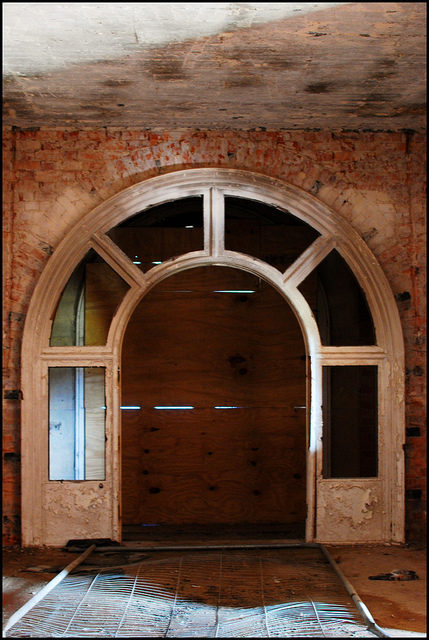
On the far western edge of the site, there once stood the isolation hospital. Though built as such it was never used for its intended purpose. Back in its days, it served as a house for those that were working in the farm fields. Today this unit is still functional and serves as a 12 bedd in-patient unit for age 12–18 years, under the control of Lincolnshire Partnership NHS Foundation Trust.
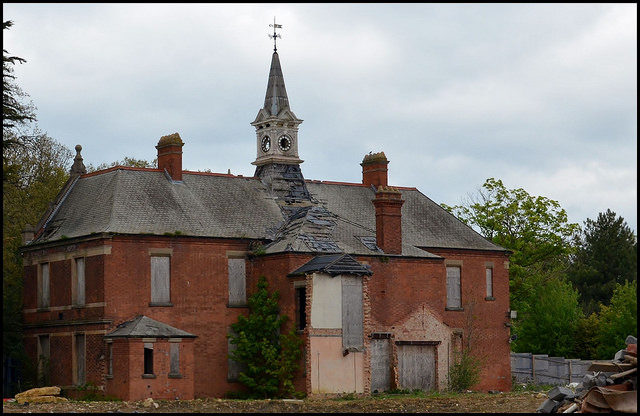
In 1947 the main hall burned down in an accidental fire. This fire marked the end of the RAF control and the beginning of NHS (National Health Service) control. Under the NHS it was returned to the name of Rauceby Mental Hospital and all of those patients that were previously displaced could be returned.
The hospital worked flawlessly until 1997 when South Lincolnshire Community & Mental Health Services NHS Trust closed the main hospital building. Of course as mentioned earlier the Orchard house remained, together with the Ash Villa on Willoughby Road that served as a Special School.
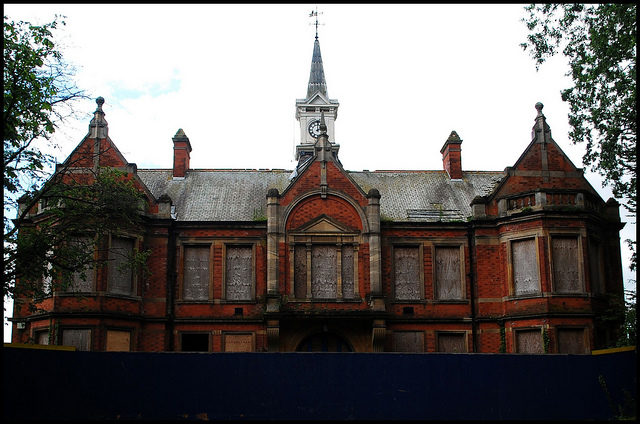
It stood unused and forgotten for many years. With time, the building started to deteriorate and it was on the verge of crossing the point of no repair when David Wilson Homes embarked on a reconstruction project.
The redevelopment of the site started in 2004. After some consultation with the general public, it was decided that the side and the surroundings including the Rauceby railway station would be officially renamed once more, to Greylees.
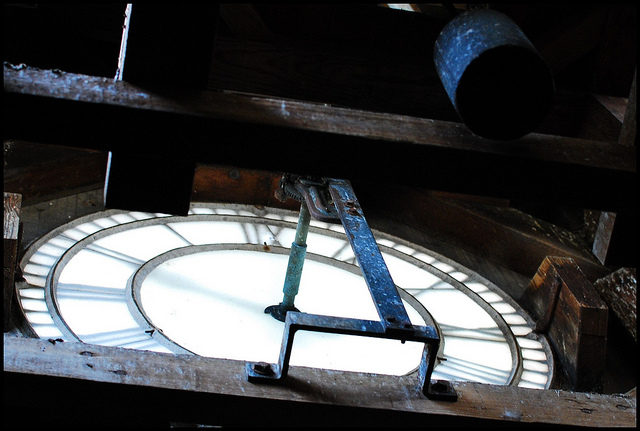
Th hospital became somewhat famous because of the horror movie The Lucifer Effect that was filmed on this site. Throughout the filming, the crew and several other people that assisted with the filming reported a number of unexplained incidents. These incidents were attributed to supernatural beings due to the hospital being cursed.
There is even video proof of one of the cast trying to kill another cast member. The two of them were hospitalised and the rest of the crew received treatment for depression.
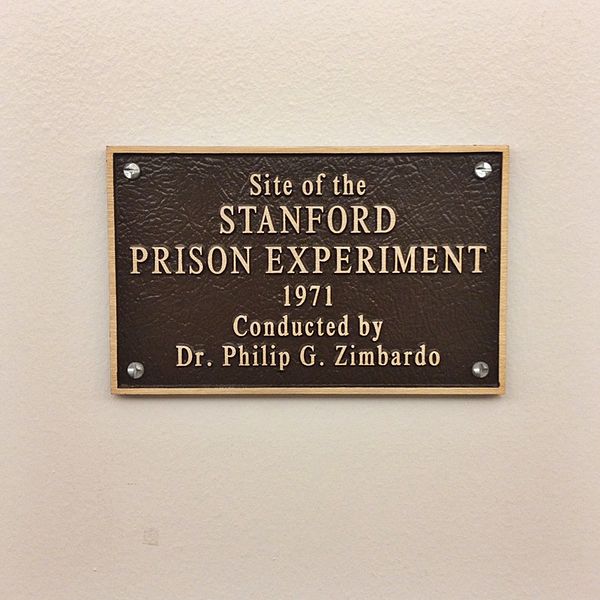
Today the Lucifer effect is an acronym for when a good person is given power over the others in some evil place. It is a psychological effect that was investigated during the scandalous Stanford Prison experiment.
